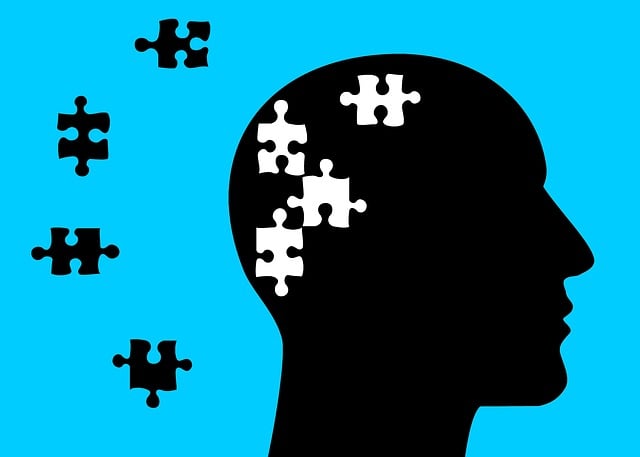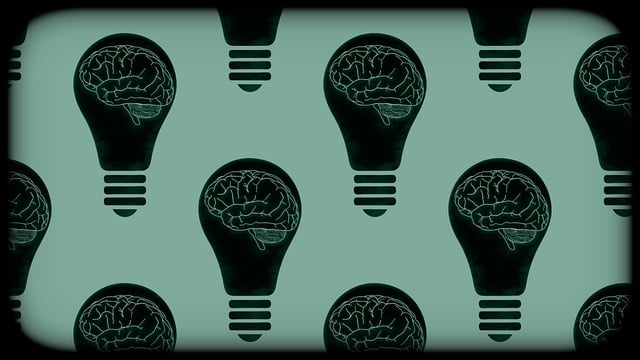Adolescence presents unique challenges, making effective therapy crucial. Eye Movement Desensitization and Reprocessing (EMDR) is a pioneering approach integrating cognitive techniques with bilateral stimulation, proven to address adolescent stress and trauma. By processing distressing memories, EMDR promotes mental wellness and healthy coping strategies. Mindfulness meditation integration enhances its effectiveness. Cultural competency training for healthcare providers is key to tailoring these interventions to diverse teens. Effective stress management through EMDR, combined with journaling exercises, empowers adolescents to develop healthier coping mechanisms for improved well-being.
Stress management is a vital skill for adolescent teens navigating today’s challenges. This article delves into effective techniques, with a focus on Eye Movement Desensitization and Reprocessing (EMDR) therapy as a game-changer in teaching young individuals to cope with stress. We explore how understanding teen stress involves recognizing its unique sources, from academic pressures to social dynamics. By implementing EMDR alongside other strategies, professionals can empower teens to develop resilience and healthier coping mechanisms.
- Understanding Adolescent Stress and EMDR Therapy
- Implementing Effective Stress Management Techniques
- The Role of EMDR in Teaching Teens Coping Strategies
Understanding Adolescent Stress and EMDR Therapy

Adolescence is a crucial period marked by significant physical, emotional, and social changes. This transition into adulthood can be stressful for teens, leading to various challenges such as academic pressures, peer relationships, identity formation, and family dynamics. Understanding adolescent stress is essential in providing effective support and interventions. One innovative approach gaining recognition in therapy for adolescent teens is Eye Movement Desensitization and Reprocessing (EMDR).
EMDR therapy integrates elements of cognitive therapy with bilateral stimulation techniques, such as side-to-side eye movements or tactile taps. This method helps adolescents process traumatic memories or distressing events, reducing their emotional intensity. By facilitating the brain’s natural healing process, EMDR can improve mental wellness and promote healthy coping mechanisms. Moreover, integrating mindfulness meditation practices within EMDR sessions can enhance its benefits, teaching teens valuable self-regulation skills to manage stress effectively. Healthcare provider cultural competency training is also essential in ensuring that these interventions are tailored to meet the unique needs of diverse adolescent populations.
Implementing Effective Stress Management Techniques

Implementing effective stress management techniques is a crucial aspect of supporting adolescent teens’ mental wellness. For individuals experiencing high-stress levels or even trauma, therapies like Eye Movement Desensitization and Reprocessing (EMDR) can be transformative. This therapeutic approach has been recognized for its ability to help teens process distressing memories and reduce the impact of adverse events. By integrating EMDR into their toolkit, mental health professionals can offer specialized care tailored to the unique needs of young individuals.
A comprehensive risk assessment is essential before introducing any new techniques, including those aimed at stress management. Mental health professionals must consider individual factors such as past experiences, current stressors, and coping mechanisms. Encouraging teens to engage in mental wellness journaling exercises can complement therapy. This practice allows them to reflect on their emotions, track progress, and develop healthier strategies for managing stress, fostering a more balanced and resilient mindset.
The Role of EMDR in Teaching Teens Coping Strategies

Eye Movement Desensitization and Reprocessing (EMDR) has emerged as a powerful therapy for adolescent teens struggling with stress, anxiety, and traumatic experiences. This innovative approach goes beyond traditional talk therapy by addressing underlying emotional issues through bilateral stimulation—typically eye movements, taps, or tones—while the teen recalls distressing memories or events. By facilitating the brain’s natural healing process, EMDR helps teens process these memories differently, reducing their impact and associated negative beliefs.
Incorporating EMDR into teaching coping strategies to teens can be highly effective due to its ability to promote rapid and lasting change. It empowers young individuals with skills to manage stress by reworking their emotional responses and enhancing their sense of resilience. Moreover, as part of a holistic approach to mental health—which includes positive thinking and the development of self-care routines—EMDR contributes to the overall well-being of adolescent teens, helping them navigate life’s challenges more effectively.
Stress management techniques, particularly Eye Movement Desensitization and Reprocessing (EMDR) therapy, play a pivotal role in empowering adolescent teens to navigate their emotional landscapes. By integrating these strategies, educators and caregivers can foster resilience and equip young individuals with effective coping mechanisms for life’s challenges. EMDR, as a therapeutic approach, offers a holistic method to address stress-related issues, enabling teens to process traumatic memories and reduce the impact of stress on their mental well-being. Through practical implementation, this article has illuminated the benefits of teaching adolescent stress management, ultimately contributing to healthier, more resilient teens.









